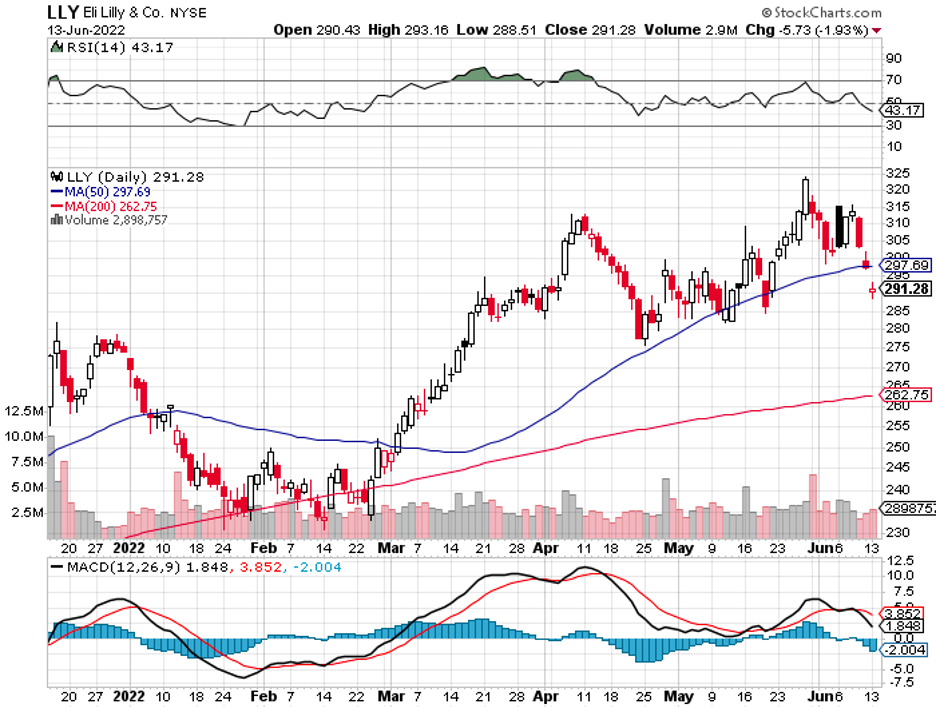The majority of the global population lives in nations where obesity and being overweight kill more individuals than being underweight.
Over 40% of the US population is categorized as obese, with drugs barely scratching the surface, as only about 3% of the obese patients take them.
More alarmingly, 39 million children under 5 years old were obese or overweight in 2020.
This is why it is no surprise that more and more companies in the biotechnology and healthcare sector are working on obesity treatments. After all, obesity is the starting point of a lot of serious diseases.
Obesity is a primary risk issue for diabetes, heart disease, stroke, some types of cancer, and several severe conditions—most of which are among the leading reasons behind premature deaths.
However, a key factor to consider here is that obesity is preventable. Hence, dealing with this condition could help patients manage better potential severe conditions.
Needless to say, the market for this condition can also be lucrative. In the US alone, the annual expense for obesity medication reached approximately $173 billion in 2019.
This is because the medical bills of an adult with obesity are at least $1,861 higher than someone with a healthy weight.
So far, two names have emerged as major players in the obesity market: Eli Lilly (LLY) and Novo Nordisk (NVO).
Noticeable weight loss was observed in clinical trials of treatments that Novo Nordisk and Eli Lilly initially developed for diabetes.
Consequently, these announcements pushed the stocks higher despite the backdrop of a relatively flat Nasdaq Composite recently.
For Eli Lilly, the company disclosed that results of its Phase 3 trials for its diabetes drug Tirazeptide showed that the highest dose would lead to a 21% to 25% weight loss or an average of 52 pounds within 18 months.
The possibility that Tirzepatide, which is already sold under Mounjaro as a Type 2 diabetes treatment, can also be marketed as a weight-loss drug has been prodding Eli Lilly stock.
At the moment, Eli Lilly was only able to test Tirzepatide against Novo Nordisk's Wegovi. The former notably outperformed the Danish candidate on most factors.
If Tirzepatide gains FDA approval as an obesity drug, then Eli Lilly can launch it commercially by mid-2023.
Given the size of the market and the drug’s promising results, Tirzepatide is estimated to reach over $10 billion in obesity sales alone, in addition to the more than $12 billion projected in diabetes sales.
Aside from obesity, Eli Lilly is also looking into testing Tirzepatide for other linked conditions like heart failure, stroke, and other cardiovascular diseases.
If these work out, then the additional markets would contribute over $14 billion in sales by 2030.
Meanwhile, Novo Nordisk also released promising results for its investigational treatment named Kagrisema.
While Eli Lilly is considered a dominant force in the diabetes market, Novo Nordisk is a strong challenger. Some would say that this Danish company is the global leader in the segment.
That could very well be the case because a company can be considered a global controller if it holds around 30% of the market.
While the diabetes sector tends to be complex since it’s segmented, Novo Nordisk indisputably holds 30% of the primary market. Moreover, it holds 40% to 50% of a diabetes sub-market focused on insulin products.
With that said, it was hardly unexpected that Novo Nordisk was the first to market an FDA-approved drug for obesity: Wegovi.
Wegovi, the same drug tested by Eli Lilly against Tirzepatide, was launched in June 2021. This treatment enabled obese patients to lose roughly 15% of their body weight.
Since Eli Lilly has been working on a more effective drug, Wegovi sales are expected to reach approximately $5.5 billion by 2025 and eventually lose stake to competitors and Novo Nordisk’s own next-generation treatment Kagrisema.
The diabetes and obesity markets present substantial growth opportunities in the years to come.
It is projected that roughly 415 million people are suffering from diabetes globally, and the number is anticipated to increase to 642 million by 2040, representing a 3% annual rise.
In the US alone, it is expected that the prevalence of diabetes will rise by 54% to over 54.9 million people between 2015 and 2030.
This means the anti-obesity treatments market is estimated to expand more aggressively at a CAGR of roughly 15% in the next 5 years.
Both Eli Lilly and Novo Nordisk are well-established biopharma businesses that offer high-quality products across various areas.
They are both leaders in diabetes and obesity markets with impeccable growth opportunities. Their pipelines are well diversified, and neither relies solely on one product, making their businesses attractive and less risky.
I suggest that those looking for long-term investments put these stocks under their radar and start building up positions on pullbacks, as these are excellent companies to own in a well-balanced portfolio.


